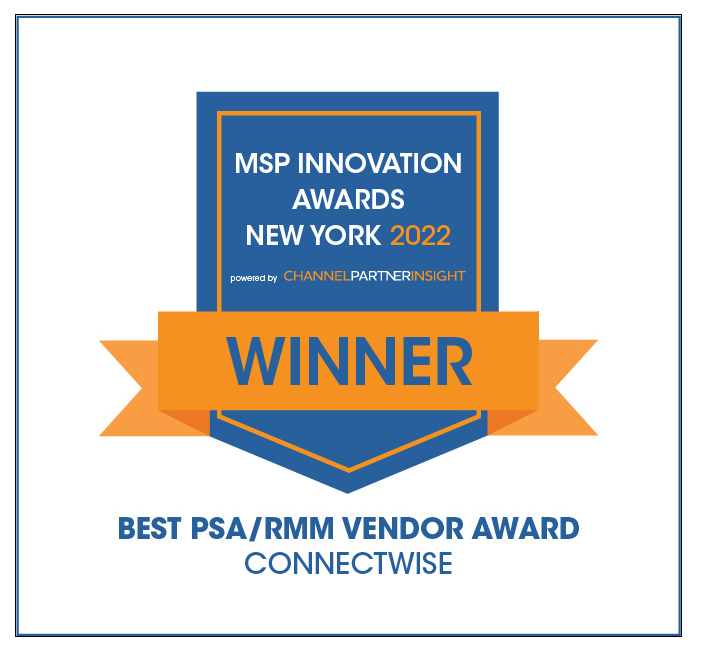-
MDRAddress the growing frequency, type, and severity of cyber threats against SMB endpoints
-
SIEMCentralize threat visibility and analysis, backed by cutting-edge threat intelligence
-
Risk Assessment & Vulnerability ManagementIdentify unknown cyber risks and routinely scan for vulnerabilities
-
Identity ManagementSecure and streamline client access to devices and applications with strong authentication and SSO
-
Cloud App SecurityMonitor and manage SaaS security risks for the entire Microsoft 365 environment.
-
SASEZero trust secure access for users, locations, and devices
-
Enterprise-grade SOCProvide 24/7 threat monitoring and response backed by proprietary threat research and intelligence and certified cyber experts
-
Policy ManagementCreate, deploy, and manage client security policies and profiles
-
Incident Response ServiceOn-tap cyber experts to address critical security incidents
-
Cybersecurity GlossaryGuide to the most common, important terms in the industry
Scalability Blog Posts
04/20/2023
3 min read
Benefits of outsourcing your network operations center
By: Walter Clarke
An outsourced NOC can help MSPs perform manual cybersecurity tasks without taking a major budgetary hit. Learn about the benefits of outsourced NOC.
Scalability
10/07/2021
1 min read
FAQs about outsourcing as an MSP
By: Nisha Burke
If you’re considering outsourcing technicians, you likely have a lot of questions. Check out our MSP outsourcing FAQ to find the answers to growing your business without adding headcount.
Scalability
05/13/2021
2 min read
What does it mean to be a trusted advisor?
By: Brad Schow
Trust isn’t an inherited trait but something MSPs must work towards to gain more business. Learn the steps to become an advisor your clients can count on.
Scalability
04/07/2021
3 min read
Why clients fire MSPs
By: Brad Schow
Learn how to avoid common mistakes that cause clients to fire their MSP and improve client retention by aligning with your clients’ needs and expectations.
Scalability


